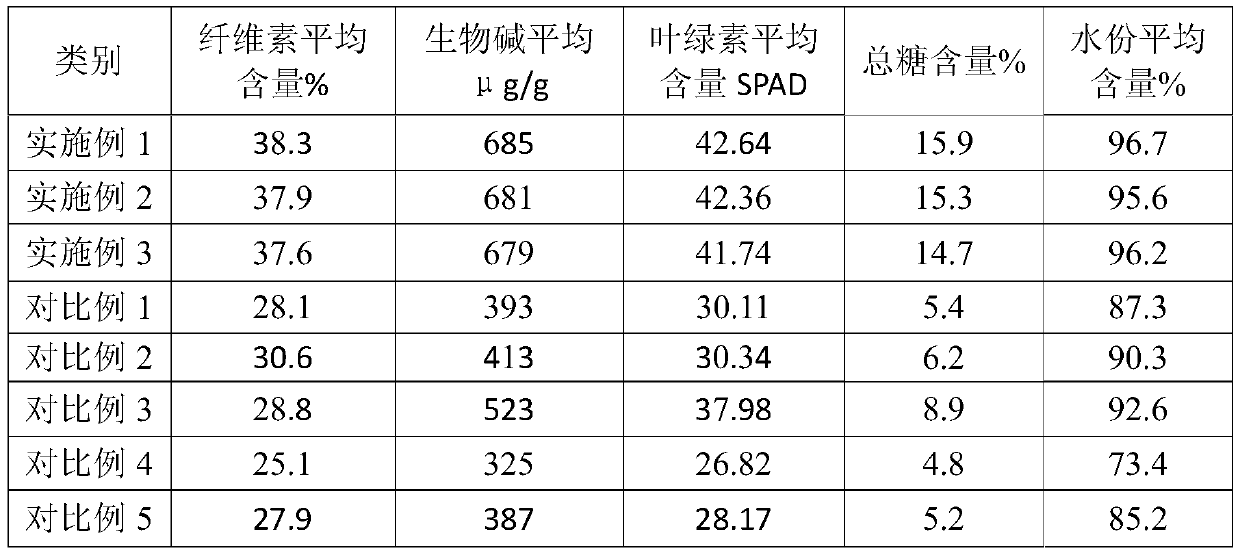Method for cultivating polyploidy succulent plants
A technology for succulent plants and polyploids, which is applied in the field of plant cultivation and can solve problems such as low current intensity
- Summary
- Abstract
- Description
- Claims
- Application Information
AI Technical Summary
Problems solved by technology
Method used
Image
Examples
Embodiment 1
[0031] 1. Select 50 leaves of sedum succulents and cultivate them in a greenhouse. During the cultivation period, the temperature is 25°C, the sun is irradiated for 3 hours a day, soaked in rooting water for 2.5 days, and the leaves with 0.5-1.2cm adventitious roots are taken.
[0032] 2. Put the leaves into the aromatic and polyacid hydrogen composite nanofiltration membrane in the middle of the liquid MS medium, put the medium in a refrigerator at 4 °C, and induce culture for 36 hours;
[0033] 3. Get the gained blade root cell after induction in step 2), observe and screen to obtain tetraploid cells, detect tetraploid cell membrane resonance frequency with He—Ne laser Doppler effect vibrometer, gained frequency is 45 ± 2.33kHz, The output sound wave intensity is 70db. The liquid medium was energized with an alternating current with a voltage of 8V, a current of 800μA, and a frequency of 50 Hz. At the same time, it was irradiated with ultrasonic resonance for 8 days. The int...
Embodiment 2
[0037] 1. Select 50 leaves of sedum succulents and cultivate them in a greenhouse. During the cultivation period, the temperature is 28°C, 3 hours of sunlight per day, soaked in rooting water for 3 days, and the leaves with 0.5-1.2cm adventitious roots are taken.
[0038] 2. Put the leaves into the aromatic and polyacid hydrogen composite nanofiltration membrane in the middle of the liquid MS medium, put the medium in a refrigerator at 4 °C, and induce culture for 36 hours;
[0039] 3. Get the gained blade root cell after induction in step 2), observe and screen to obtain tetraploid cells, detect tetraploid cell membrane resonance frequency with He—Ne laser Doppler effect vibrometer, gained frequency is 48 ± 2.33kHz, The output sound wave intensity is 150db. The liquid medium was energized with an alternating current with a voltage of 10V, a current of 1000μA, and a frequency of 60 Hz. At the same time, it was irradiated with ultrasonic resonance for 10 days. The interval freq...
Embodiment 3
[0043] 1. Select 50 leaves of sedum succulents and cultivate them in a greenhouse. During the cultivation period, the temperature is 23°C, 3 hours of sunlight per day, soaked in rooting water for 2 days, and the leaves with 0.5-1.2cm adventitious roots are taken.
[0044] 2. Put the leaves into the aromatic and polyacid hydrogen composite nanofiltration membrane in the middle of the liquid MS medium, put the medium in a refrigerator at 4 °C, and induce culture for 36 hours;
[0045] 3. Get the gained blade root cell after induction in step 2), observe and screen to obtain tetraploid cells, detect tetraploid cell membrane resonance frequency with He—Ne laser Doppler effect vibrometer, gained frequency is 44 ± 2.33kHz, The output sound wave intensity is 20db. The liquid medium was energized with alternating current with a voltage of 5V, a current of 500μA, and a frequency of 40 Hz. At the same time, it was irradiated with ultrasonic resonance for 7 days. The interval frequency a...
PUM
 Login to View More
Login to View More Abstract
Description
Claims
Application Information
 Login to View More
Login to View More - R&D
- Intellectual Property
- Life Sciences
- Materials
- Tech Scout
- Unparalleled Data Quality
- Higher Quality Content
- 60% Fewer Hallucinations
Browse by: Latest US Patents, China's latest patents, Technical Efficacy Thesaurus, Application Domain, Technology Topic, Popular Technical Reports.
© 2025 PatSnap. All rights reserved.Legal|Privacy policy|Modern Slavery Act Transparency Statement|Sitemap|About US| Contact US: help@patsnap.com


